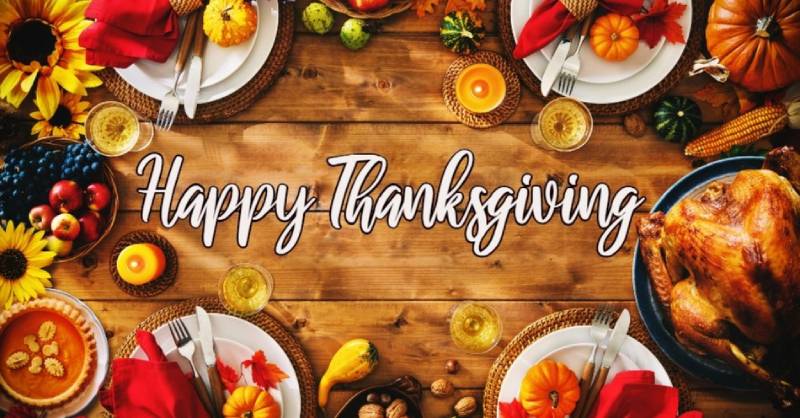Millions travel across the country each year to enjoy an American-only holiday with friends and family. One of the largest holidays in the US is Thanksgiving, when people share a meal and express thanks for what they have.
The event evokes the iconic image of the well-known feast that Pilgrims and Native Americans shared at Plymouth, Massachusetts in 1621. Even though that is the tradition’s symbolic beginning, it wouldn’t become a recognised holiday for more than 200 years.
Thanksgiving’s origins
Thanksgiving originates in earlier European customs honouring a successful harvest, a safe arrival at one’s destination, and the end of a war. Before the mythologized Thanksgiving of 1621, which is regarded as the first Thanksgiving, such celebrations were held. The first known contact between Native Americans and Europeans occurred in 1565 in what is now Florida, between Spanish explorers and the Timucua people.
However, the one that has been ingrained in our folklore and that we envision happened at Plymouth, Massachusetts, in 1621. At that time, the Pilgrims, who had left for the New World a year earlier, were rejoicing over a bumper crop after their numbers had been halved due to the hardships of the voyage and the first winter in their new home. The Wampanoag were invited to stay for the feast, even though it had not been the initial plan to invite the meal.
Following that first Thanksgiving, when a drought ended or there was a bountiful harvesting, the colonists in the new colonies observed harvest feasts. Following significant military triumphs, Thanksgiving feasts were often celebrated. George Washington declared the first “national” Thanksgiving in 1777 following the Americans’ victory over the British at the battle of Saratoga, which was observed on December 18.
It is necessary to unite a nation in turmoil
Thanksgiving was observed as a regional holiday for a long time, with festivities declared by municipal, state, and occasionally federal governments. Thanksgiving symbolises another aspect of the pre-Civil War divide between the North and the South, with the latter considering the holiday to be largely foreign. The US was splitting in two during this period of fast westward expansion due to conflict over whether or not slavery would be permitted in the newly acquired territories.
The “Mother of Thanksgiving,” Sarah Josepha Hale, started a letter-writing campaign in 1846 to state and federal government representatives in an effort to promote a national Thanksgiving holiday. She corresponded for 17 years until the US was engulfed in the Civil War, at which point a president seeking to unite the country took up her cause. The final Thursday of November was designated by Abraham Lincoln in 1863 “as a day of Thanksgiving and Praise to our beneficent Father who dwelleth in the Heavens.”
The modern Thanksgiving
Thanksgiving is not as much of a religious holiday as it once was. The Christmas shopping season used to begin on Thanksgiving, but it seems to be starting earlier and earlier every year. Thanksgiving was scheduled on November 30, 1939, amid the Great Depression. This meant that there would be just 24 days remaining until Christmas.
The holiday was then moved up one week to give people more time to shop in an attempt by President Franklin D. Roosevelt to boost the economy. It wasn’t warmly received; some dubbed it “Franksgiving.” Following some haggling, Congress decided that the day would always fall on November 4, 1941.
These days, Thanksgiving is associated with football, spending time with family, and the Macy’s Thanksgiving Parade. It’s one of the rare days when we can truly unwind (assuming you’re not in the kitchen), overindulge in turkey (and for weeks thereafter), and then crash on the sofa to watch football.
- NCAA Bowling Championship 2025: LatestBracket, Schedule, How to Watch Live - April 12, 2025
- How to Watch This Week’s Dazzling Lyrid Meteor Shower - April 12, 2025
- Canada vs. USA: How to Watch the 4 Nations Face-Off Final Live Today - April 12, 2025





